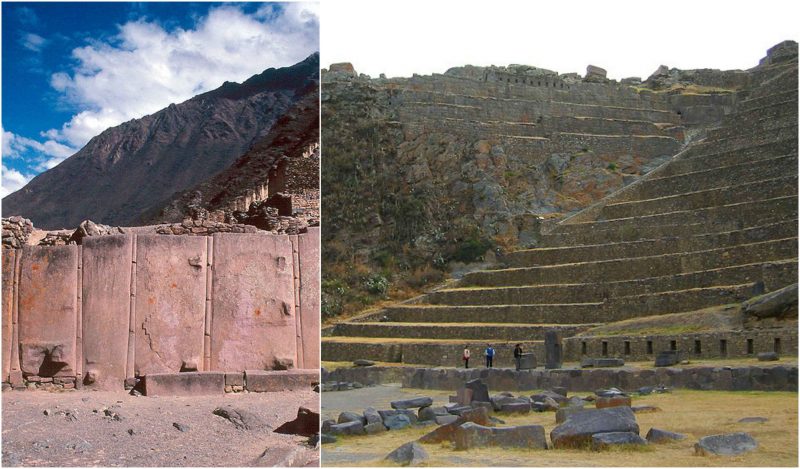Ollantaytambo is a town which during the Inca Empire was the royal estate of Emperor Pachacuti.
When he conquered the region, Pachacuti built the town of Ollantaytambo and a ceremonial center. During the time of the Spanish conquest of Peru, Manco Inca Yupanqui, the leader of the Inca resistance, used the town as a stronghold. It is suited in the south of Peru, 45 miles (72 km) northwest from Cusco.
This Inca archaeological site lays 9,160 feet (2,792 meters) above sea level in the district of Ollantaytambo, province of Urubamba, Cusco region. Nowadays, Ollantaytambo is a major touristic attraction, and it is a part of the Sacred Valley of the Incas. The site can be reached from many different points and, usually, it takes four-day hiking to get there by the Inca Trail.
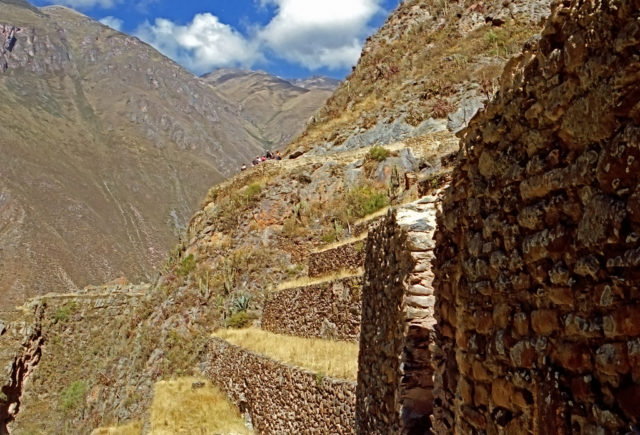
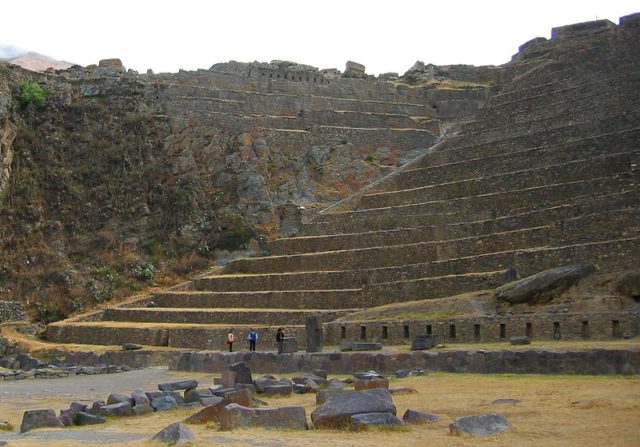
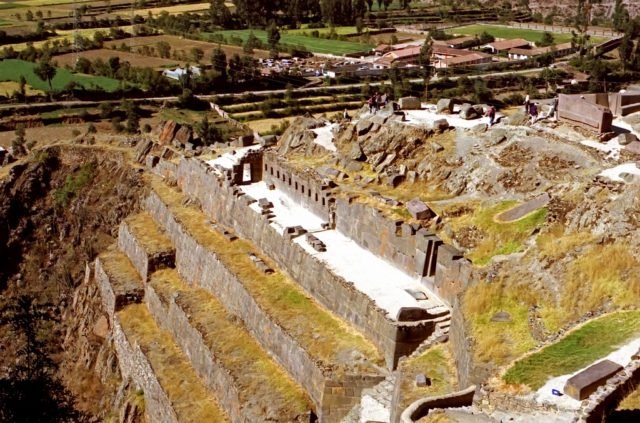
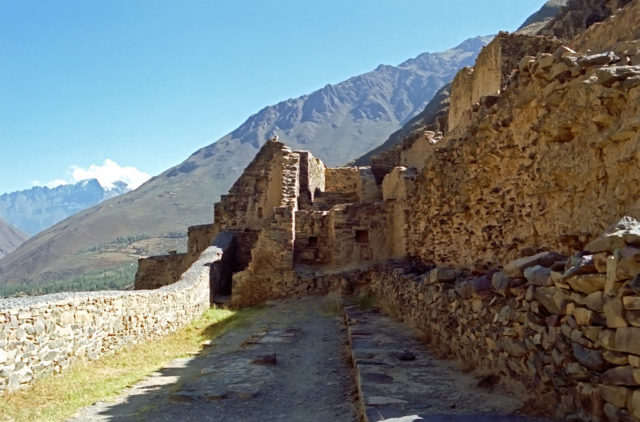
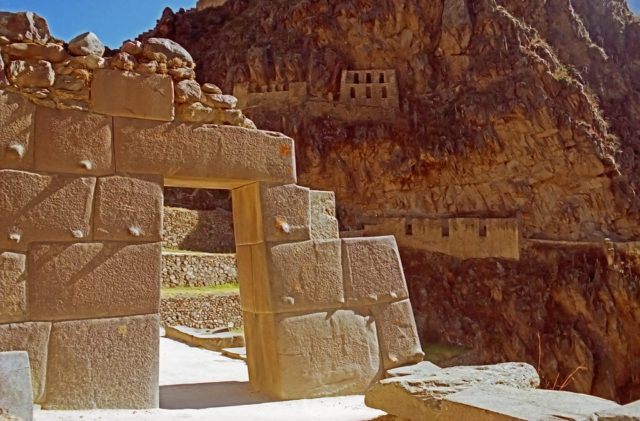
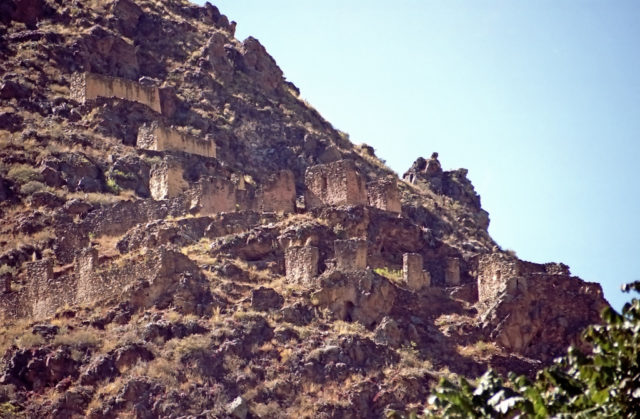
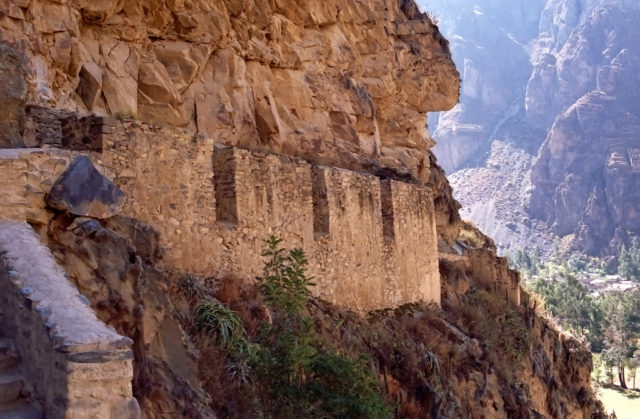
When Pachacuti conquered the area around the Urubamba Valley in the mid-15th century, he incorporated Ollantaytambo into his personal estate. The town was rebuilt with sumptuous constructions, and the Inca nobility lodged there while the whole valley was under extensive works of terracing and irrigation. After the death of the Emperor, his estate was inherited by his family clan. During the Spanish conquest of Peru, Manco Inca managed to defeat the Spanish expedition thanks to the set of high terraces which blocked the advance od the conquistadores as the plain was also flooded.
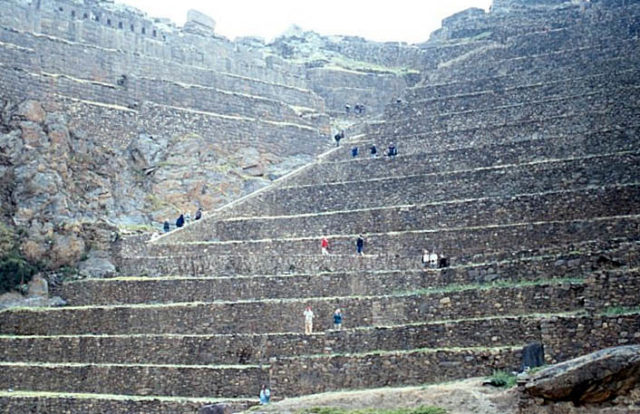
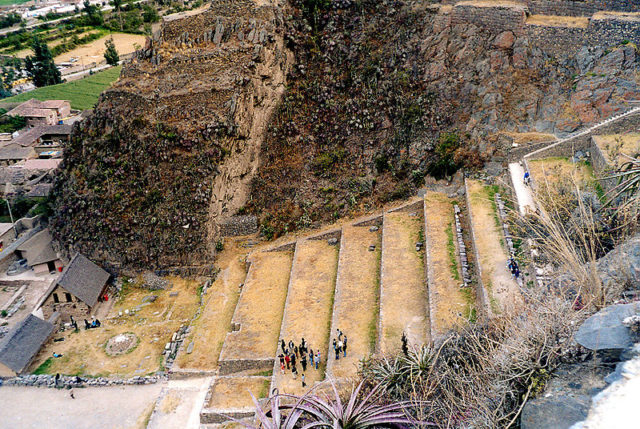
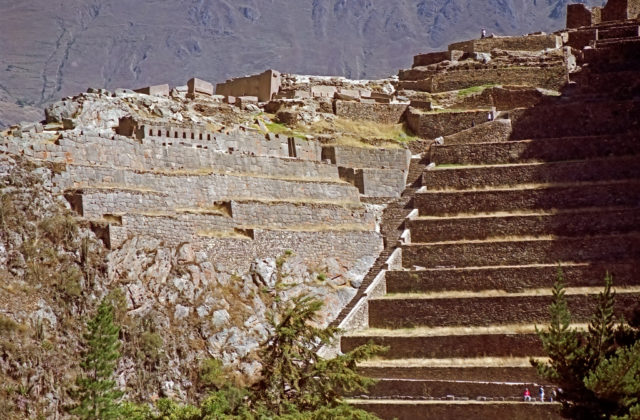
In the 19th century, the Inca town of Ollantaytambo became a favorite destination for many explorers from the West. The town was visited and studied by many famous explorers such as Charles Wiener, Ephraim Squier, Ernst Middendorf, and Clements Markham who published accounts of their research.
The town has an orthogonal layout with four longitudinal streets crossed by seven parallel streets.
In the center, there is a large plaza which, supposedly, was up to four blocks when the Incas built it. Originally, the plaza was surrounded by halls and town blocks and was open only to the east. According to archaeologists, the southern half of the town was all built in the same style. All blocks comprised two “kancha,” walled compounds around a central courtyard. In the northern half of the town the designs varied but, unfortunately, most of this part is in an appalling condition, so studies of its architecture are almost impossible.
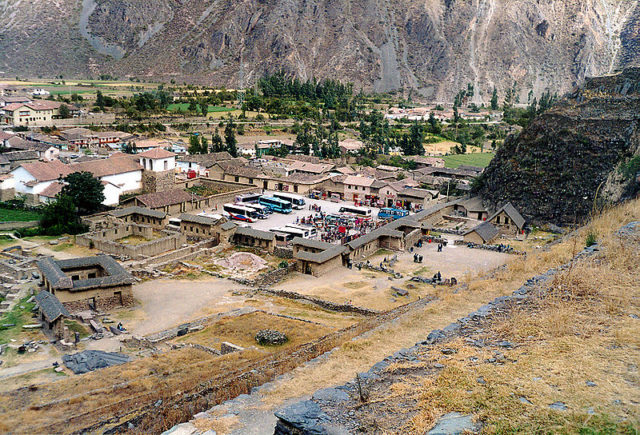
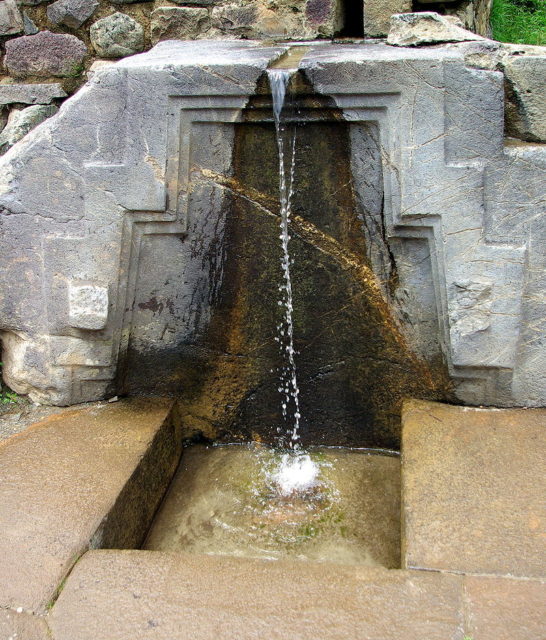
West from the main settlement, there is a prolongation called “Araqhama”. The large plaza “Manyaraki” is surrounded by adobe and semi-cut stones constructions. These buildings have very tall walls and oversized doors. To the south of Araqhama, there are other, smaller structures made of fieldstones. The Roman Catholic church in the eastern part of the plaza indicates that this area was continuously occupied.
Further west from Araqhama is “Cerro Bandolista,” the Inca’s ceremonial center built on a steep hill. The part of the hill which faces the town is made of terraces of Pumatallis, and it is referred as the Fortress. However, its functions were religious. The ceremonial center can be approached through stairways which climb to the top of it. It is divided into three main sectors – the Middle one, which is directly in front of the terraces; the Temple sector, which is in the south; and the Funerary area, to the north.

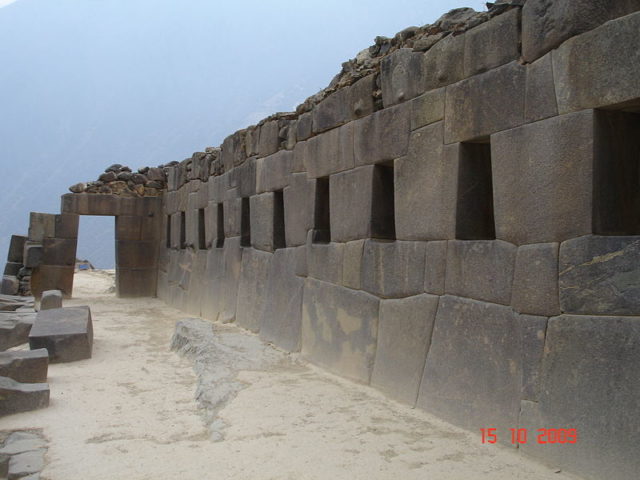
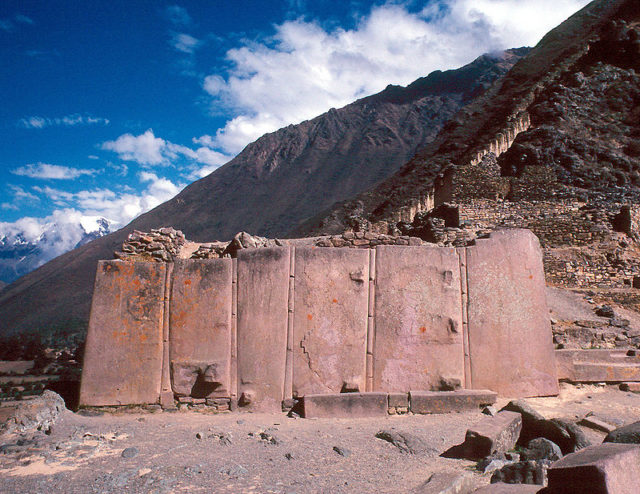
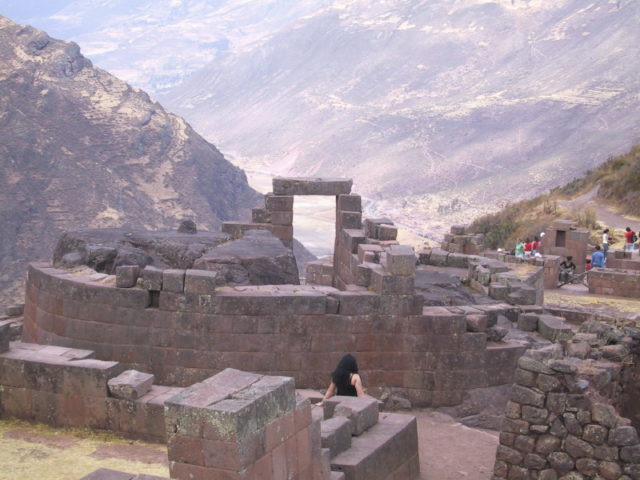
On the hills surrounding Ollantaytambo, there are several “qullqas,” which are storehouses made of fieldstones. These hills are at high altitudes where the temperatures are lower, and the wind is stronger, so the storehouses feature ventilation systems.
It is believed that these systems were built for the protection of the agricultural terraces, while the qullqas served for storing their production.
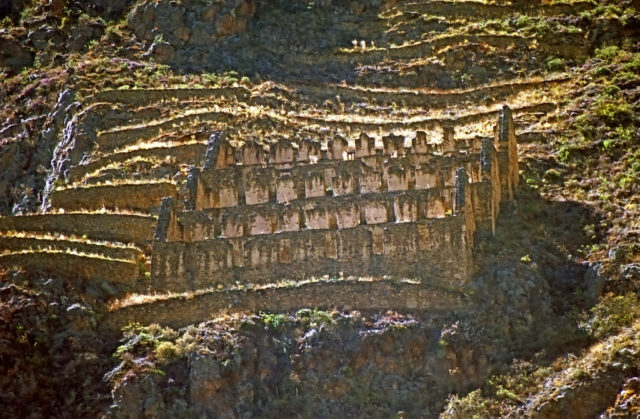
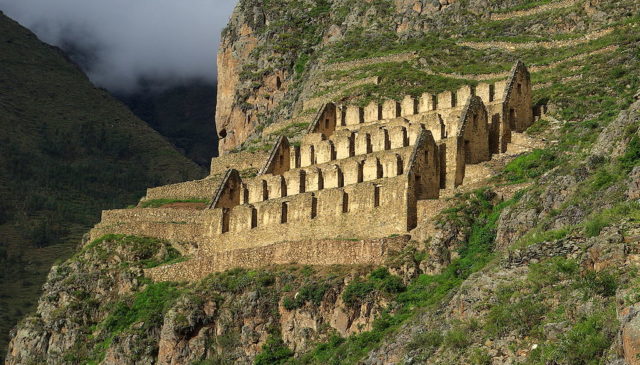
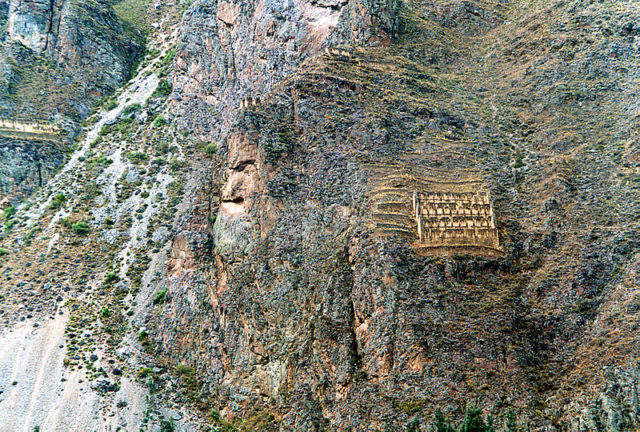
Ollantaytambo is surrounded by many quarries, and the main ones are located at Kachiqhata – Sirkusirkuyoq, Kantirayoq, and Mullup’urku, and all of these had provided blocks of rose rhyolite which were used for building the Temple Hill.
There was an elaborate network of roads, slides, and ramps which connected the quarries with the building areas. Inside them, there are small stone towers, chullpas, used as burial sites in the Pre-Hispanic period.
